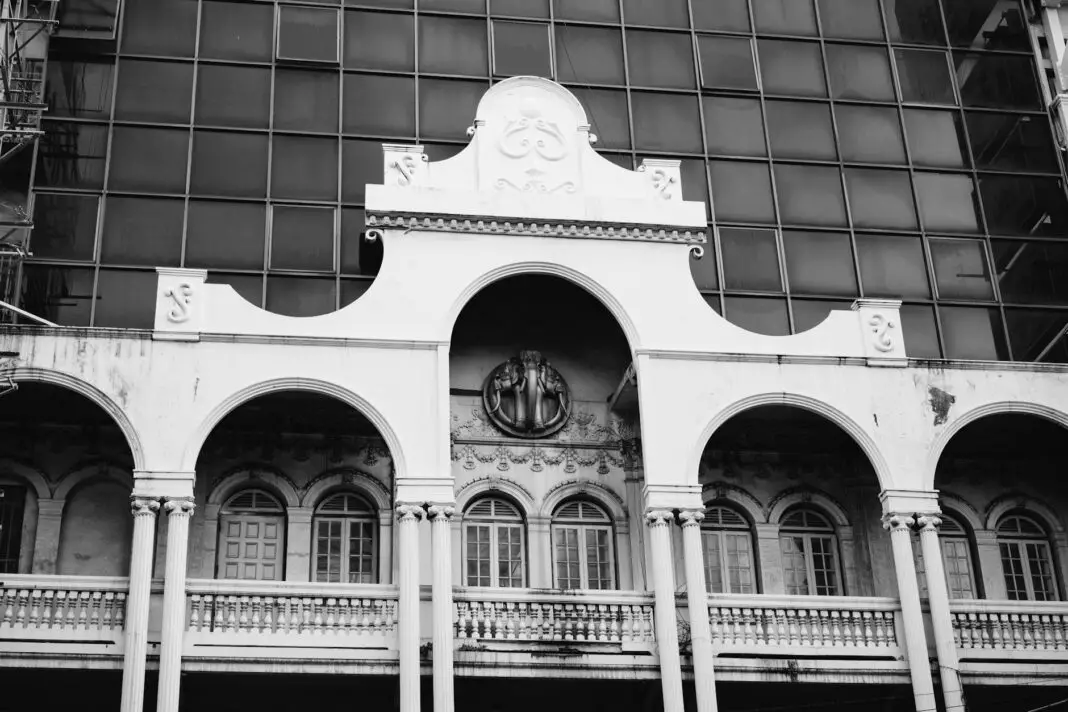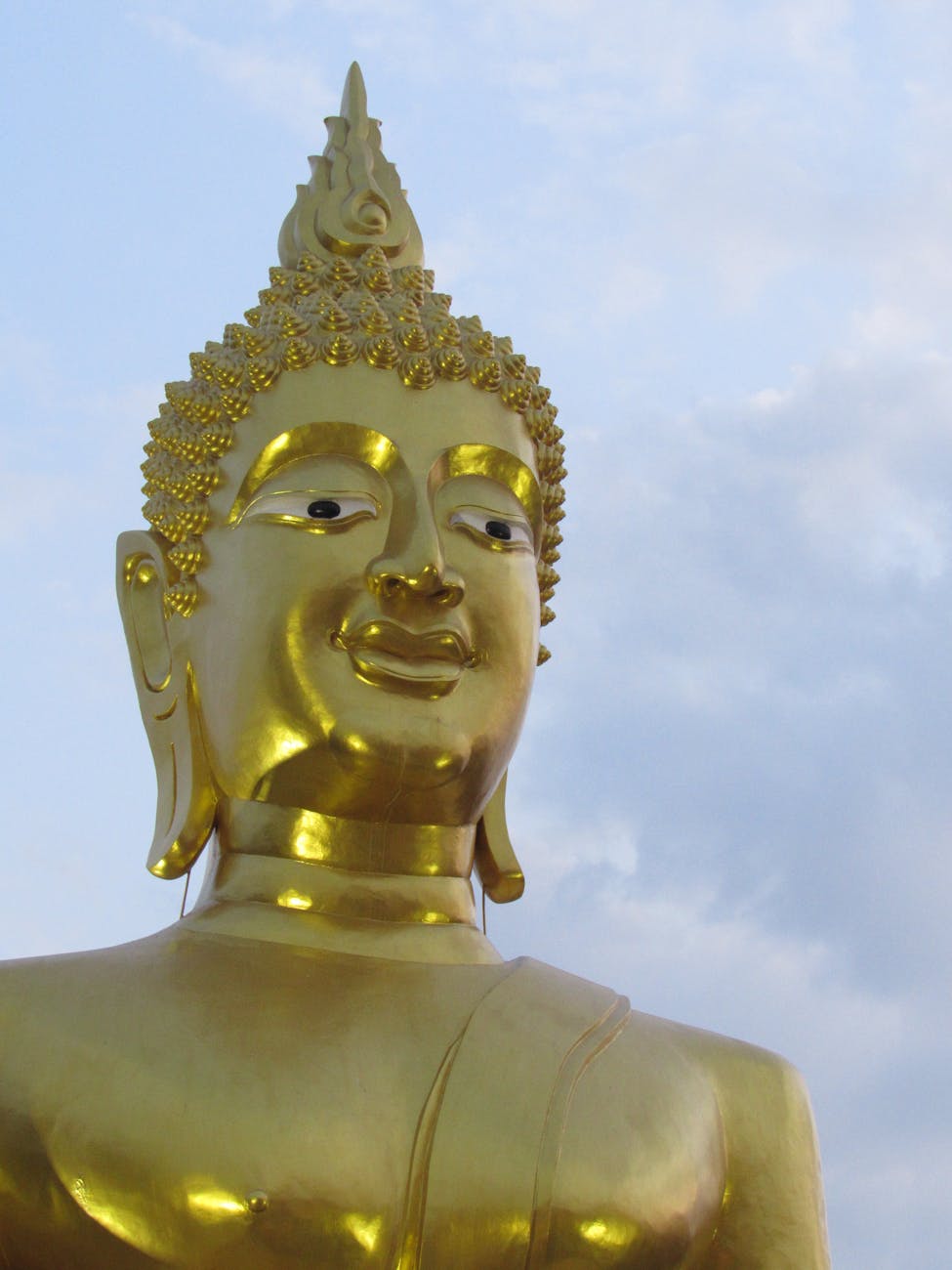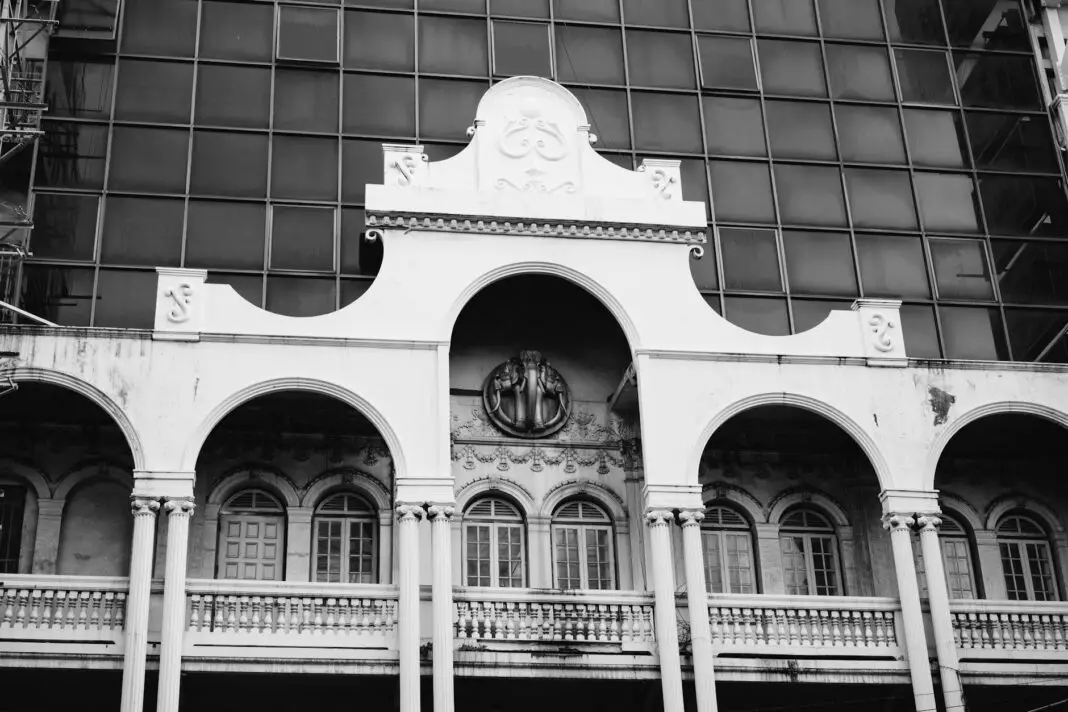Discovering Thailand: A Journey Beyond Beaches to Folk Art Treasures
Thailand is a country that captures hearts and ignites wanderlust through its stunning landscapes, rich culture, and delightful food. However, amidst the well-known tourist attractions—from tranquil beaches to vibrant cities—lies an equally fascinating aspect of Thai culture: folk art. This blog post will take you on an exhilarating trip to Thailand and explore why Thai folk art is considered the hidden treasure of the nation. Join us as we unveil the creativity and passion behind this unique aspect of Thai heritage.
By delving into the colorful world of Thai folk art, we will uncover the inspiration that shapes the traditions of this Southeast Asian gem. Whether you are an art lover, a travel enthusiast, or someone wanting to delve deeper into Thailand’s culture, understanding the significance of folk art will enhance your journey and provide a unique lens through which to experience Thailand.
Table of Contents
– A Must-Experience Trip to Thailand
– Understanding Thai Folk Art
– The Importance of Folk Art in Thai Culture
– Types of Thai Folk Art
– How to Experience Thai Folk Art During Your Visit
– Unlocking the Treasure of Thai Folk Art
– Frequently Asked Questions
A Must-Experience Trip to Thailand
Embarking on a trip to Thailand is like stepping into a vibrant tapestry woven with colorful threads of tradition, culture, and breathtaking landscapes. From the bustling markets of Bangkok to the tranquil temples in Chiang Mai, every corner of Thailand exudes a unique charm that beckons travelers. While many visitors flock to stunning beaches in Phuket or explore the ancient ruins in Ayutthaya, the real essence of Thailand can often be found in its hidden cultural gems. Traveling through the countryside, visitors discover traditional villages that come alive with age-old customs and artistry waiting to be appreciated.
As you navigate through lush jungles or on serene rivers, you will find opportunities to witness the incredible craftsmanship of local artisans. Each handmade piece tells a story, showcasing the skill, passion, and dedication poured into their creation. Engaging with these artists provides a deeper connection to the Thai way of life, far beyond what conventional tourist experiences offer. It’s a pilgrimage into a world where each brushstroke and sculpture embodies the spirit of Thai identity, gradually transforming your perception of this beautiful country.
Understanding Thai Folk Art
Thai folk art encompasses a wide range of creative expressions that originate from both urban and rural communities. It serves as a visual narrative about the daily life, customs, and beliefs of Thai people. Unlike contemporary art, which often seeks commercial validation, folk art is rooted in tradition and symbolizes cultural identity. Common forms of folk art include textiles, pottery, sculptures, and paintings, each reflecting the unique historical and geographical context of the region.
Moreover, the spontaneous and innovative nature of folk art means that it evolves continuously. While some artworks adhere to traditional styles passed down through generations, others amalgamate these influences with contemporary themes. This fusion creates a dynamic conversation between the past and present, pushing boundaries and inviting new interpretations. Understanding Thai folk art means recognizing these layers of significance that speak volumes about the country’s social fabric.
The Importance of Folk Art in Thai Culture
Folk art plays a pivotal role in preserving Thailand’s diverse cultural heritage. It acts as a bridge connecting generations, allowing traditions to be passed down while simultaneously evolving. Each village has its unique forms of folk art, often linked to local beliefs and practices. Festivals and rituals often highlight these art forms, bringing communities together and enriching the cultural tapestry of Thailand.
Furthermore, the appreciation for folk art is gaining traction worldwide, allowing artists to elevate their crafts to visible platforms, both nationally and internationally. Government initiatives and local organizations are increasingly promoting folk art, empowering communities and artisans. By supporting folk art, you are simultaneously embracing the richness of Thai history and advocating for sustainable cultural practices. This advocacy helps boost local economies while fostering a deeper appreciation for the art and its creators.
Types of Thai Folk Art
Folk art in Thailand is wonderfully diverse, with various forms that include intricate textiles, vibrant paintings, and stunning sculptures. Each art form has unique characteristics that reflect the region’s history and culture. For instance, traditional Thai textiles, often handcrafted using techniques passed down through generations, are characterized by intricate patterns and rich colors. The famous “Mudmee” silk, originating from northeastern Thailand, showcases a weaving technique that produces unique and mesmerizing designs.
Paintings and wall murals also hold significant cultural value. They may depict folklore, religious stories, and historical events, breathing life into the country’s legends and history. Moreover, traditional wood and clay sculptures, found in temples and local homes, manifest the artistic prowess of Thai craftsmen. The diversity in types of folk art illustrates the richness of Thai heritage, inviting enthusiasts to explore and appreciate the creativity that thrives in every corner of the nation.
How to Experience Thai Folk Art During Your Visit
Experiencing Thai folk art firsthand can transform your trip into an enriching adventure. Start by visiting local markets, where artisans proudly display their creations. From handmade jewelry to intricate textiles, these markets are treasure troves of unique finds that tell stories of their origin. For example, the Chatuchak Weekend Market in Bangkok is not only vibrant but also a hub for talented artisans who showcase their work.
Participating in local workshops is another fantastic way to engage with Thai folk art. Many communities offer classes in traditional crafts, allowing you to learn skills such as pottery making or silk weaving. These immersive experiences enrich your understanding of the art form while also providing a sense of accomplishment as you create something yourself. Moreover, visiting cultural festivals celebrating folk art can provide a rich tapestry of experiences, with performances, exhibitions, and local music creating an unforgettable atmosphere full of life and color.
Unlocking the Treasure of Thai Folk Art
Embarking on this journey to uncover the enchanting world of Thai folk art reveals not just a hidden treasure, but a broader narrative of the Thai spirit woven into every artwork. By understanding the significance of these art forms, travelers can gain profound insights into the lives and histories behind them. As you wander through galleries, markets, and artist studios, allow yourself to connect with the stories that each piece holds.
Moreover, supporting local artisans not only sustains these time-honored traditions but also empowers communities. Your purchases can make a significant impact, helping to ensure that these artistic practices continue to thrive for future generations. In this way, your travels can become more than just leisure; they can morph into a journey of cultural appreciation, respectful engagement, and meaningful connections, ultimately enriching your travel experience and nurturing a deeper love for Thailand.
Frequently Asked Questions
What is Thai folk art?
Thai folk art encompasses various traditional art forms created by artisans telling stories of culture, beliefs, and everyday life. Art forms can include textiles, pottery, sculptures, and paintings.
Why is folk art important in Thailand?
Folk art is crucial in preserving Thailand’s cultural heritage, connecting generations with stories and practices. Additionally, it plays a role in local economies by providing livelihoods for artisans while promoting sustainable cultural traditions.
How can I experience folk art during my trip to Thailand?
You can experience Thai folk art by visiting local markets, participating in workshops, and attending cultural festivals that highlight traditional arts and crafts. Each of these experiences will offer you a deeper understanding of the local culture.
What types of folk art should I look for in Thailand?
Some popular types of Thai folk art include traditional textiles, paintings, wood, and clay sculptures. Each region often produces a unique style, so exploring different areas can offer diverse artistic experiences.
How does folk art evolve in Thailand?
Thai folk art evolves continuously by blending traditional techniques with contemporary themes. This fusion allows artists to express modern ideas while preserving their cultural identity, leading to a dynamic and evolving art scene.
Exploring Thailand’s Cultural Riches Through the Lens of Folk Art
Venturing into the realm of Thai folk art not only reveals the hidden treasures of this captivating country but also invites an appreciation for its diverse heritage. As you prepare for your journey, let an understanding of folk art enhance your experience, making it not just a trip filled with beautiful sights, but one rich in meaningful connections and cultural insights. Immerse yourself in the artistry, and you may find that there’s no better way to understand Thailand than through its artful expressions.
Image Credit: Pexels





